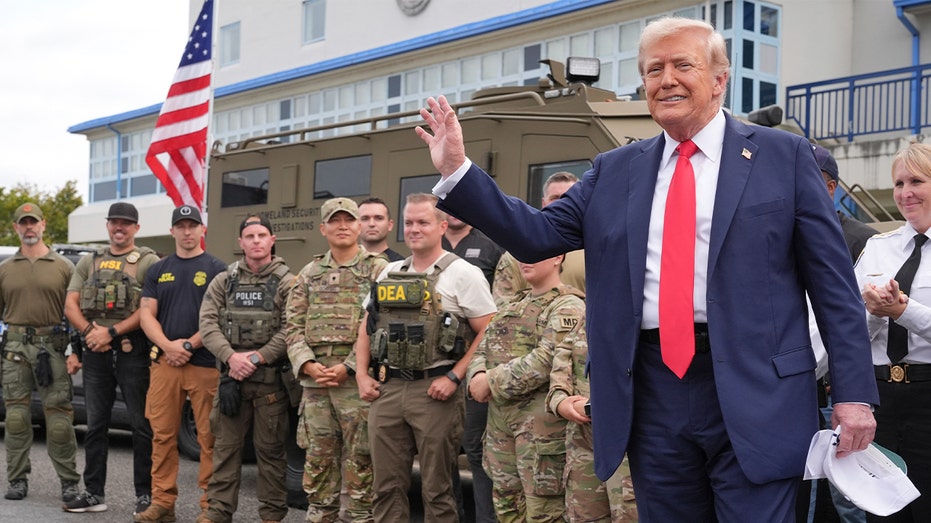
Andrew Hastie revealed conservative Liberals’ true immigration agenda in the aftermath of the Bondi terror attack
In an interview with Sky News’ Andrew Clennell, Hastie ended any pretence that his grievances might have been purely numerical
Stay updated with the latest insights, tutorials, and trends in technology

In an interview with Sky News’ Andrew Clennell, Hastie ended any pretence that his grievances might have been purely numerical

Minister says he has gone through the ‘different decisions’ the security agency made regarding one of the alleged Bondi gunmen. Follow today’s news...

Philippine police dismiss speculation Naveed and Sajid Akram underwent training during four-week stay in Davao CityThe Bondi terror attacks suspects...

The US president wants a blockade of oil tankers under sanctions to stop them entering and leaving Venezuela

Canadian researchers tracking bear known as X33991 noticed she had gained a second cub who likely needed helpScientists in Canada have ...

House Republicans unveil healthcare bill promising to cut premiums by 11-12% through association health plans and transparency measures for all...

Democratic California Sen. Adam Schiff s legislation would have required that Secretary of War Pete Hegseth release the footage first to Congress,...

House Democrats released almost 100 new Jeffrey Epstein photos featuring Donald Trump, Woody Allen, Steve Bannon and other influential figures....

President Donald Trump honored two fallen U.S. servicemembers at a dignified transfer at Dover Air Force Base on Wednesday....

A federal appeals court ruled in favor of the Trump administration s bid to continue National Guard deployment in Washington DC through February....
Tech Article
Omar Yaghi was a quiet child, diligent, unlikely to roughhouse with his nine siblings. So when he was old enough, his parents tasked him with one of...

Google's Gemini 3 family is now complete with release of Gemini 3 Flash. ...
Showing page 1 of 2019 (24225 total articles)